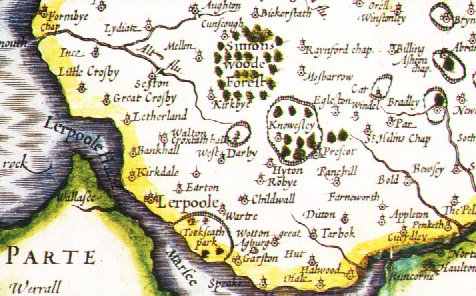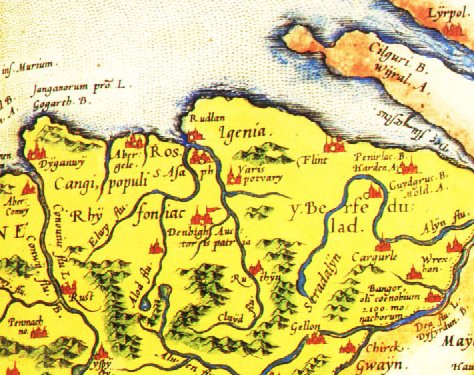



Irish and Scottish links with the city are well documentated, but
the story of the Welsh in Liverpool is often overlooked. Indeed its very
name is thought to have come from 'Lle'r pwll' - that is 'the place of
the pool'.
Liverpool is a Maritime City, and its began this tradition transporting
Welsh Slate from Conway. As the port grew it attracted many peoples from
the surrounding area in search of work. This is illustrated by the large
number of both Lancastrian and Welsh surnames still evident in the city.
Indeed there are probably more Hughes, Williams and Owens in Liverpool
than in Cardiff!
In the 19th Century, the city-centre 's Pall-Mall was known as 'Little
Wales' and it was the site of the first Welsh Chapel in Liverpool, built
in 1787. A later one built in Toxteth was for a long time the largest Welsh
Chapel in the world. In 1813, one in every ten people in Liverpool were
Welsh and a high percentage could only speak their native tongue. In the
1870's a further 50,000 Welsh people moved to the city, making Liverpool
the 'unofficial' Capital of North Wales. The National Eisteddfod has been
held four times in Liverpool.
Not every thing has been 'rosy' between Liverpool and Wales, Edward
I used the port as an attack base, just as it was used against Ireland,
and much of the timber that went into building Caernarfon Castle came from
the area.
The drowning of the town of Tryweryn to create a source of water
for the people of Liverpool became a focus for Welsh Nationalism. Ironically,
the most outspoken Welsh Nationalist was a Liverpool-born man, Saunders
Lewis.

JCMELIA - MAY 1999